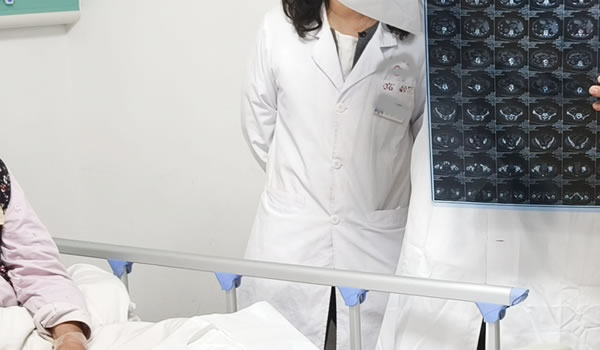IV therapy is gaining popularity in Asia’s wellness clinics, marketed as a quick solution for fatigue, hangovers, and immune support. But is it safe—and for whom?

Treatment Comparison
IV vitamin therapy delivers nutrients directly into the bloodstream, bypassing digestion. This offers faster absorption, but it also carries risks such as infections, vein inflammation, or allergic reactions. Oral supplements, while slower, are safer and more controlled.
Safety & Guidelines
Ensure IV drips are administered by licensed practitioners in sterile settings. Avoid frequent sessions unless medically indicated.
FAQ
Q: Are IV drips really necessary for healthy people?
A: In most cases, no. A balanced diet is sufficient. Use IVs only when clinically appropriate.
User Comments
“It gave me a temporary energy boost, but I wouldn’t do it often.”
“Great for travel recovery, but too expensive for routine use.”
Editor’s Note
Don’t follow trends blindly—IV therapy should be a tool, not a shortcut.